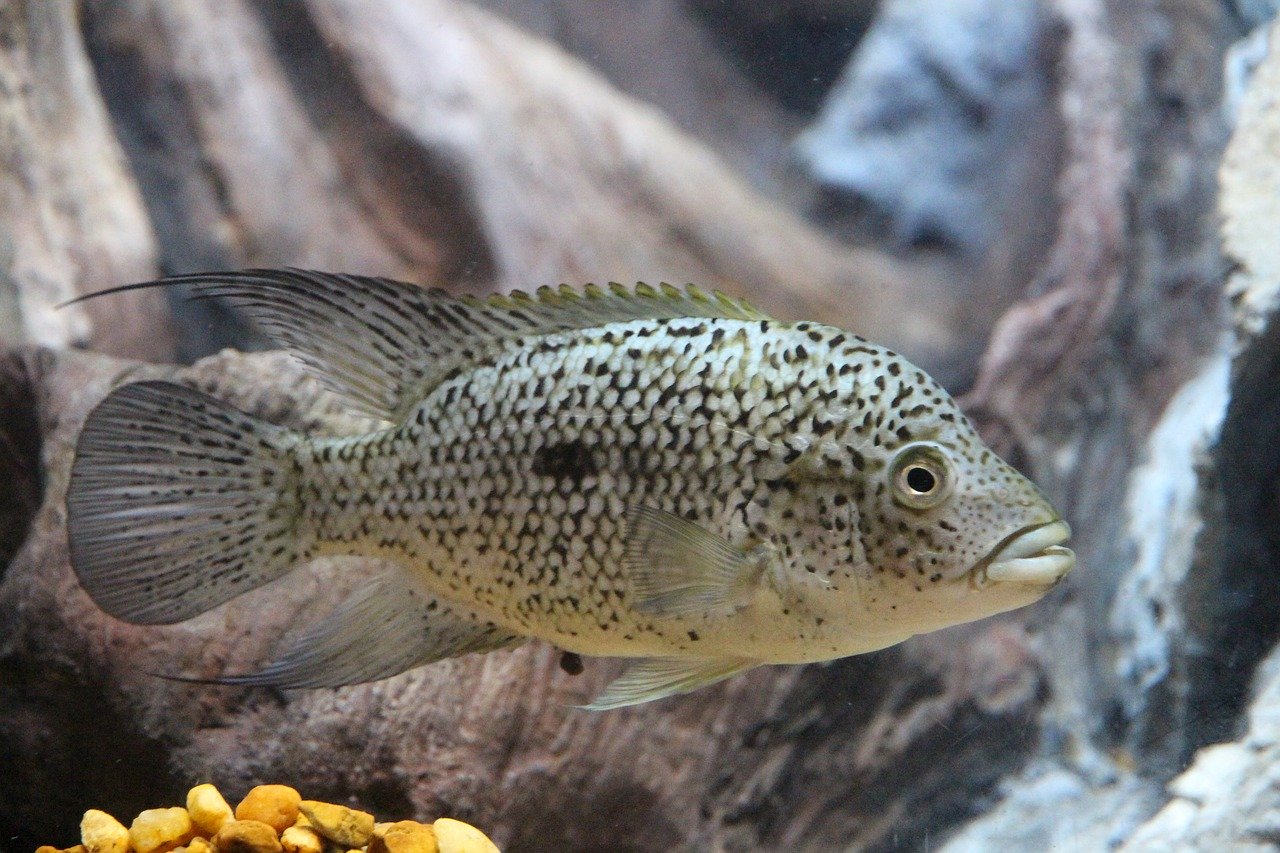

The breeding habits of the Wels Catfish involve a bit of teamwork. Like several other large species of fish, the Wels Catfish hunts with the “gulping method,” sucking in prey by suddenly opening its mouth to create powerful suction. Its adult diet mainly consists of other fish and eels, crustaceans, and even unfortunate rodents and ducks. Despite these monikers, however, the Wels Catfish is far from a maneater. Its massive size has led it to be nicknamed things like “The Ebro Monster”, “The European Maneater”, and “Man-eating Catfish”. While this gigantic species of catfish is native to Eurasia, it’s considered an invasive species in many different areas where it was introduced as a sporting fish. Identifying Feature: Large lower fin, long barbels Location: Central and Eastern European basins and rivers They’ve developed electrolocation to make up for their poor eyesight and muddy environment as well. The eel has adapted accordingly, and surfaces every few minutes to breathe air from above the water.

The same murkiness that helps conceal the Electric Eel from both enemies and prey also makes it difficult for water-dwelling animals to breathe. Considering that the charge delivered by the Electric Eel measures 600 volts, most creatures leave them alone! An electric shock of this strength is enough to knock down a horse. The eel’s ability to shock serves as a defense mechanism as well. Electric Eels hunt by using their 6,000 electrocyte cells to fire simultaneously and deliver an electric shock that stuns their prey. This unique creature inhabits murky waters, lurking on the hunt for fish, amphibians, and even small birds and mammals. Identifying Feature: Ability to deliver electric shockĭespite its name, the slithery looking Electric Eel isn’t truly an eel, and its classification is closer to that of catfish and carp. It’s even been known to indiscriminately devour smaller members of its own species. This big fish feasts upon crustaceans, mollusks, insects, and other fish. One of the main sources of trouble in unnatural habitats is the Nile Perch’s massive appetite. The Nile Perch invasion of Lake Victoria is referenced as a prime example of the havoc that an invasive species can wreak on a local ecosystem. This fish originated in the Ethopian regions and was introduced to Lake Victoria in the 1950’s in order to reduce the population of “trash fish” and improve the chances of fishermen hauling a successful catch.

The Nile Perch is actually an invasive species in certain areas, and has caused troubling damage to the ecosystem. This quickly-moving life cycle has enabled the species to spread rapidly, which isn’t’ always a good thing. This large fish is a prolific breeder, meaning that its population grows at impressive rates. Identifying Feature: Black eyes with a yellow outer ring Location: Nile and Congo rivers, Lake Chad, and other river basins


 0 kommentar(er)
0 kommentar(er)
